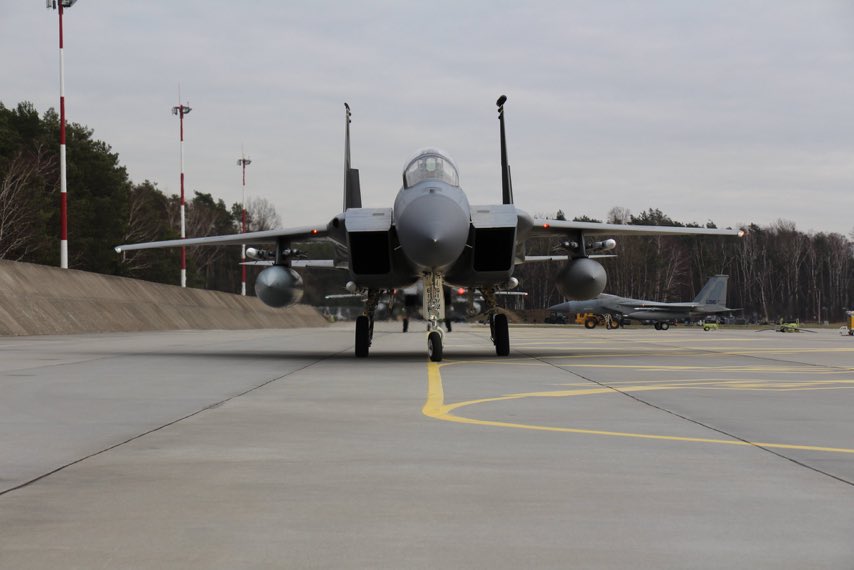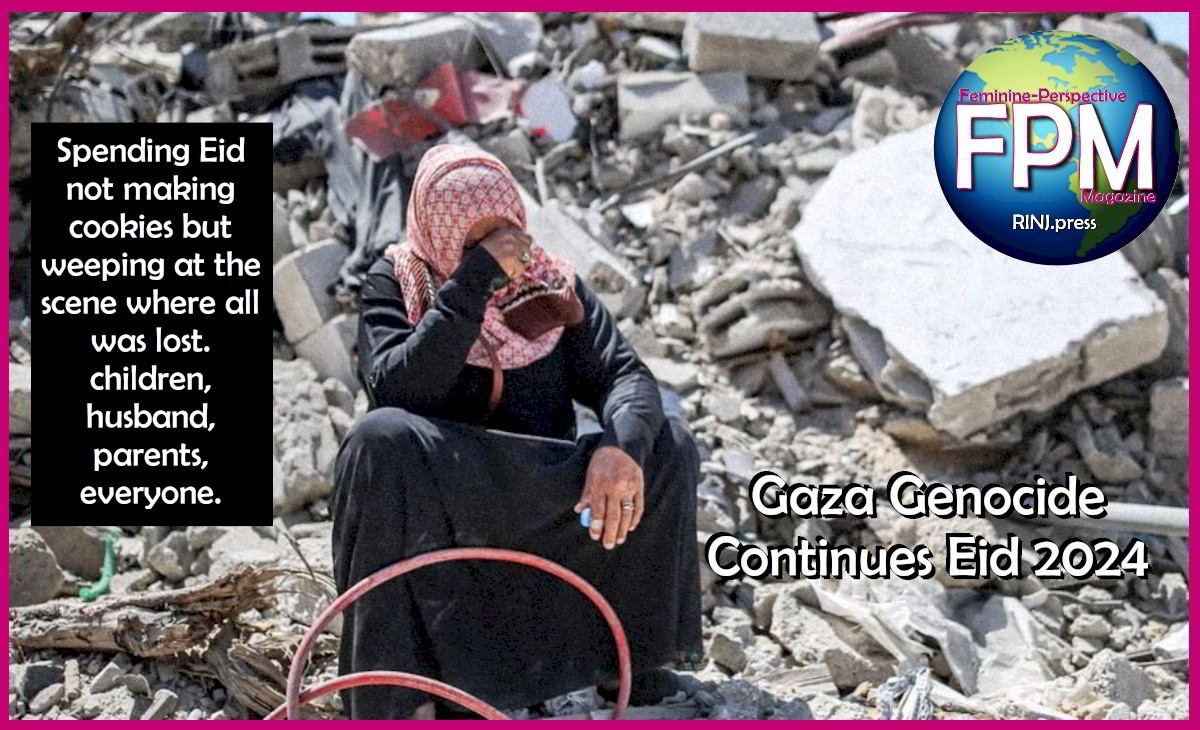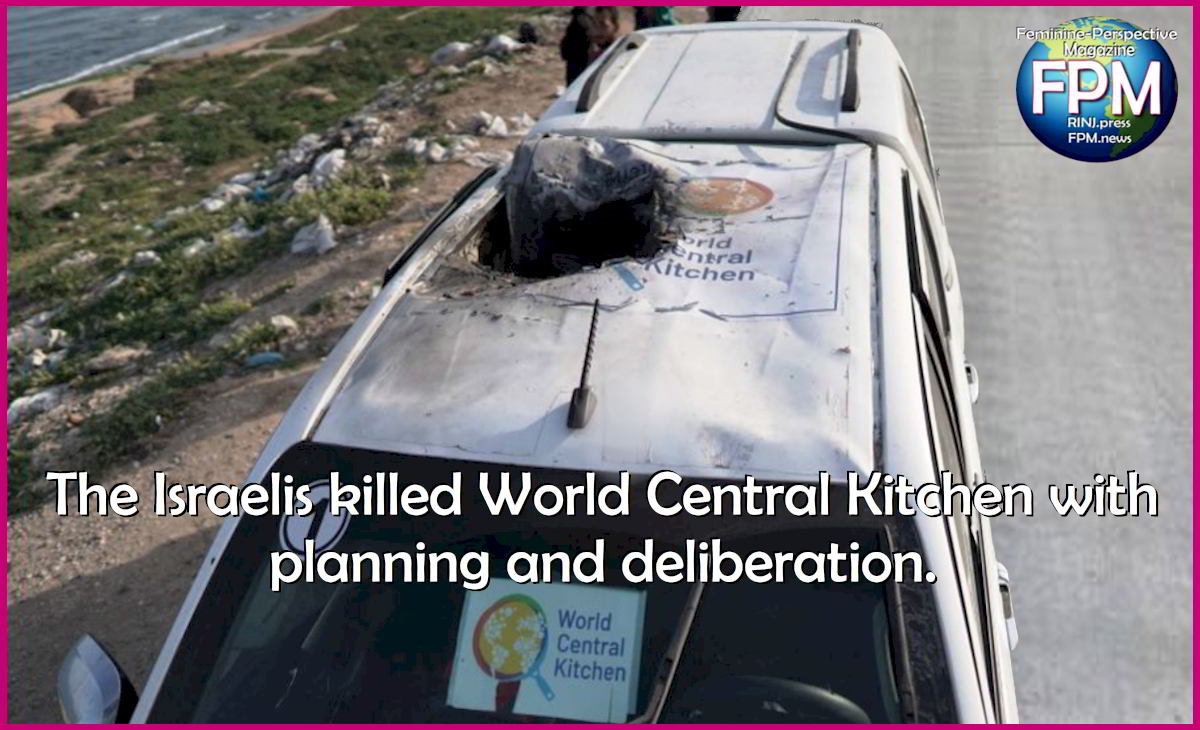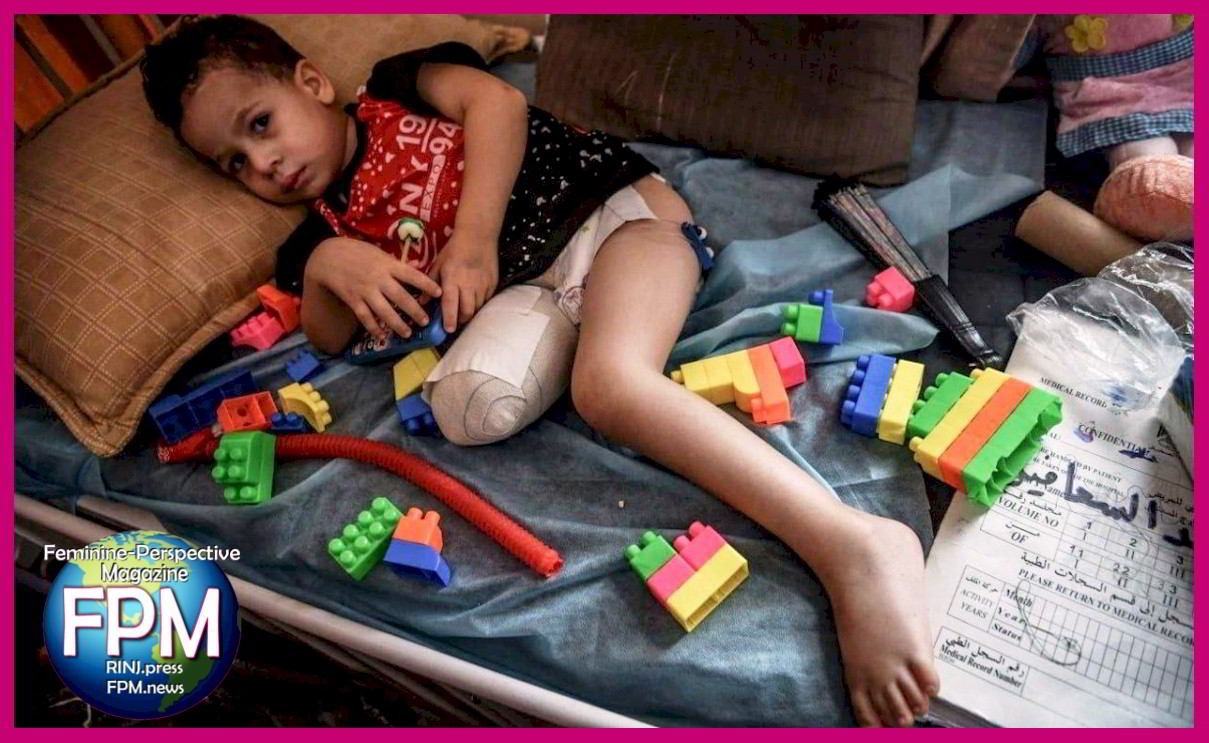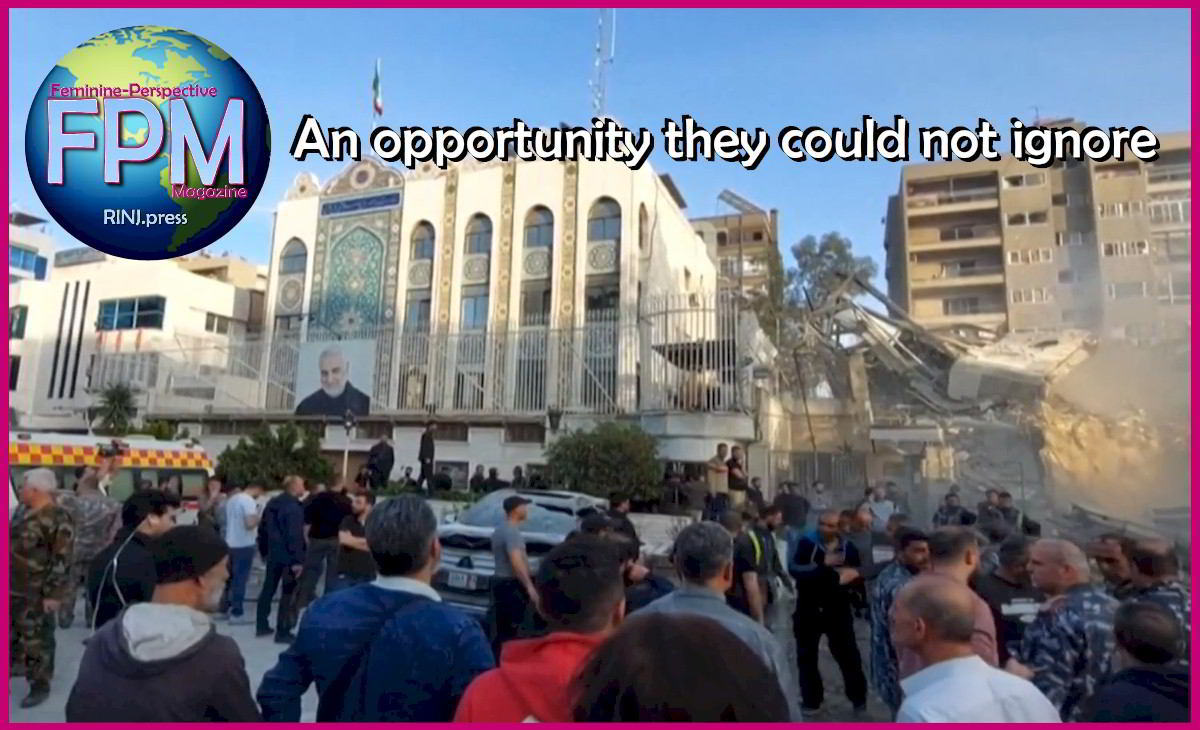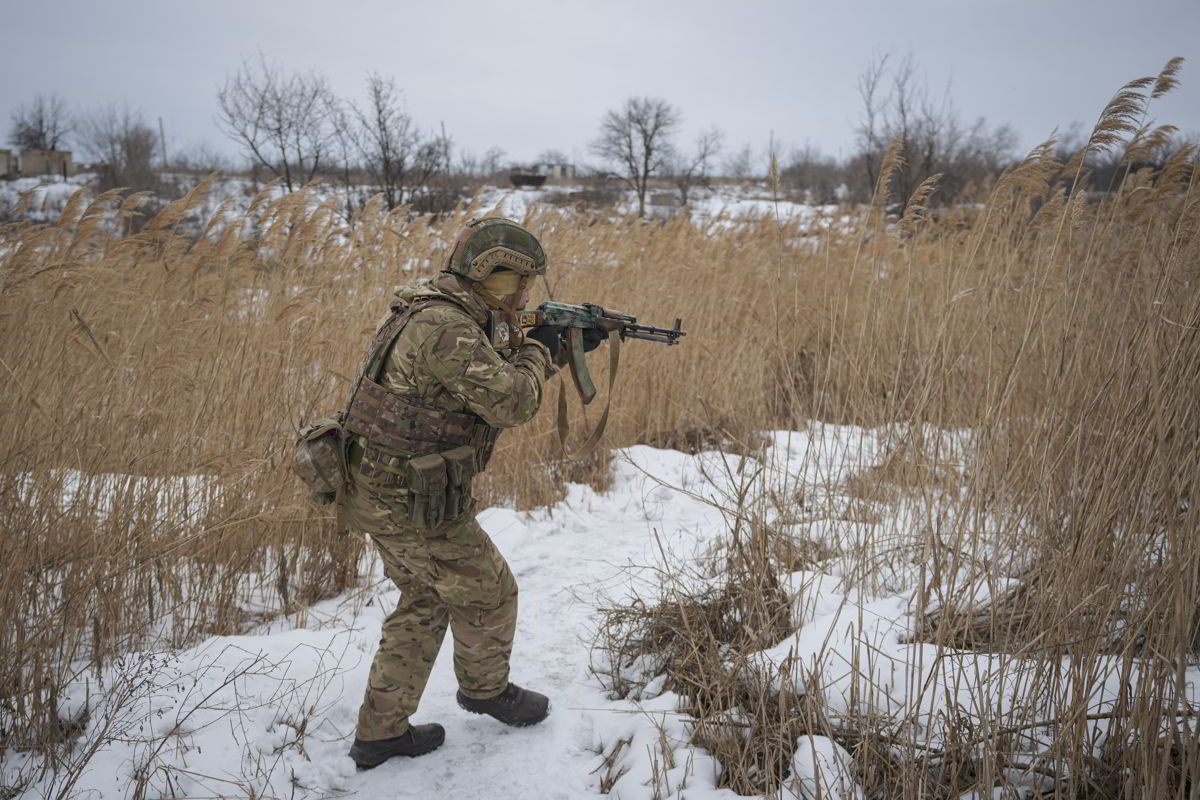
A Ukrainian service man walks on a frontline position in the Luhansk PR region, eastern Ukraine, Monday, 7 February 2022. International efforts to defuse the standoff over Ukraine intensified last Monday, with French President Emmanuel Macron holding talks in Moscow and German Chancellor Olaf Scholz in Washington to coordinate policies as fears of a Russian invasion mounted. (AP Photo/Vadim Ghirda)
By Thomas Hughes, Queen’s University, Ontario
The escalating tensions among Russia, Ukraine and its allies represents a monumental challenge for the international community while also creating a political environment that could violently upend the way security is approached.
The very real risk of warfare between the military forces of Russia and Ukraine is the primary focus. But for Canada and its allies, this conflict is not only about Ukrainian sovereignty, but also the structure of NATO and the viability of the rules that govern international activities.
If Russia conducts any activity that harms Ukraine or the Ukrainian government, it represents a very public failure of key NATO members to deter such action.
Furthermore, Russia attacking Ukraine — whether through a traditional military invasion or via cyber attacks or misinformation campaigns — would demonstrate the inadequacy of existing security-related international regulations. By escalating tensions, Russia would also exacerbate existing differences of opinion within NATO.
By threatening Ukraine, Russia has put pressure on NATO to either offer unequivocal support to Ukrainians and risk being pulled into a damaging conflict, or make concessions to the Russians.
NATO’s difficult position
These concessions could include NATO forces withdrawing further from Russia, a commitment not to allow Ukraine into NATO or the formal acknowledgement of Crimea as Russian territory.
This puts NATO in a difficult position. Such concessions would be seen as NATO bowing to Russian pressure, and potentially be perceived as abandoning its members on Russia’s borders.
Conversely, there are differences of opinion within NATO about the most effective and appropriate way of engaging with Russia. This was highlighted by the recent resignation of Germany’s Vice Admiral Kay-Achim Schoenbach. He stepped down after saying Russian President Vladimir Putin “deserves” respect and that the Crimea Peninsula, former Ukrainian territory that was annexed by Russia in 2014, is “gone” and “will never” be part of Ukraine again.
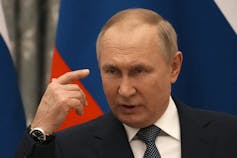
(AP Photo/Thibault Camus)
The latter claim was in direct opposition to the public positions of the German government and its allies, who continue to express the belief that the annexation should be reversed.
Of course, Ukraine is not a NATO member, so there’s no absolute requirement for any other NATO member to come to its defence. Nevertheless, some key NATO members, including Canada, have been vociferous in their opposition to Russian activities.
Should Russia invade Ukraine, it will be very difficult for these NATO members not to respond forcefully. Other NATO allies would also be forced to decide whether they’ll provide support. Failing to do so, even though it may not technically represent an abdication of NATO responsibilities, would signify a considerable breach in the alliance.
The importance of predictability
Furthermore, for NATO members, stability in Europe is heavily based on ensuring that the actions of states in the region are predictable, which is partly achieved through openness and transparency.
In theory, if everyone is open about their activities and benefits — and the risks of their actions are clearly understood — then the likely course of future policy and activity can be predicted. This also makes it easier to prepare if another state’s actions appear to be threatening or aggressive.
If actions are predictable, the ability to act aggressively by surprising another state is reduced, and relationships between states are therefore stabilized.
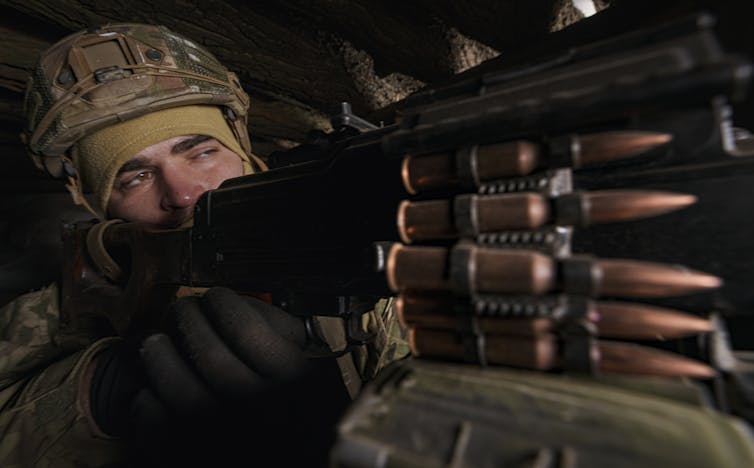
(AP Photo/Vadim Ghirda)
To a certain extent, this approach is based on being clear about the costs involved in acting aggressively. The publication of details about the material support given to Ukraine by NATO members, including the United States and the United Kingdom, is an example of how NATO has sought to use openness and predictability to create stability and deter Russia from attacking Ukraine.
By highlighting the improvement in Ukrainian military capability, it suggests that a higher number of Russian troops would be killed if they tried to invade. The intention here is not to surprise Russian troops with Ukrainian capability and defeat them in battle, but instead to deter Russia from attacking Ukraine by indicating a predictable increase in potential Russian casualties.
More fundamentally, predictability has stemmed from the agreement of regulations intended to govern behaviour. When such rules are established and followed, the “game” of international security is easier to play. All participants are aware of the rules and understand that adhering to them benefits everyone.
Rules under seige
These rules are now under huge stress. The possibility of a Russian invasion rips apart the basic tenets of international agreements that generally prohibit the use of force.
In addition, Russia may use force that doesn’t meet the threshold of war, such as launching more cyber attacks or, as the U.K. Foreign Office has suggested, leveraging political pressure that results in the installation of a pro-Russian politician as the head of the Ukrainian government.
These tactics suggest Russia and NATO members have a different understanding of the importance of international law, and that the existing rules provide insufficient guidance around the use of what’s known as “force-short-of-war.” Consequently, predictability is undermined, and NATO decision-making becomes much more difficult.
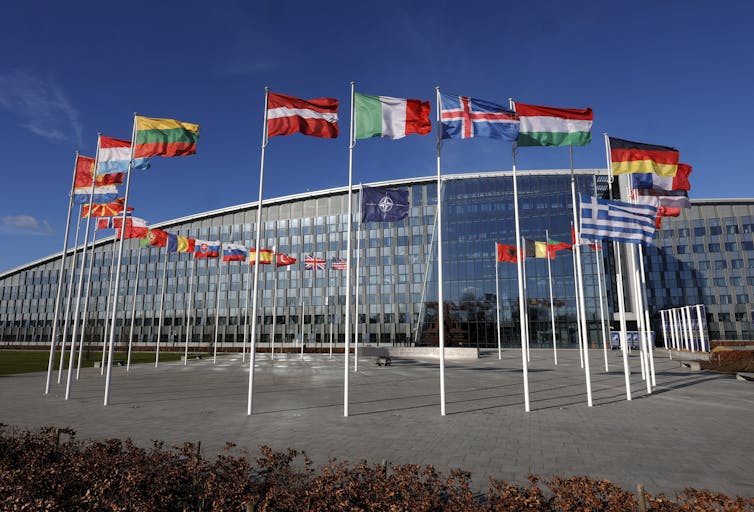
(AP Photo/Olivier Matthys)
The situation marks an existential crisis for NATO. Low-level Russian action against Ukraine would have limited implications for NATO. However, if NATO cannot deter Russia from taking open military action against Ukraine or there’s broad international failure to respond robustly, faith in the rules and regulations that have underpinned international relations could be terminally undermined.
That would result in a re-evaluation of how to successfully establish security. It’s not likely that introspection would lead to greater international collaboration and more robust rules, but a return to more individualistic security policy shouldn’t be accepted lightly.
This situation is therefore a watershed moment. If diplomatic efforts cannot avert further conflict between Ukraine and Russia — whether it’s traditional warfare or activities that fall below this threshold — a dramatic shift in international relations could occur.
A loss of faith in the ability of existing rules and international organizations to ensure peace and stability could wrench apart NATO and result in costly and jarring reconfigurations of security policy.![]()
Thomas Hughes, Post-Doctoral Fellow, Centre for International and Defence Policy, Queen’s University, Ontario
This article is republished from The Conversation under a Creative Commons license. Read the original article.

